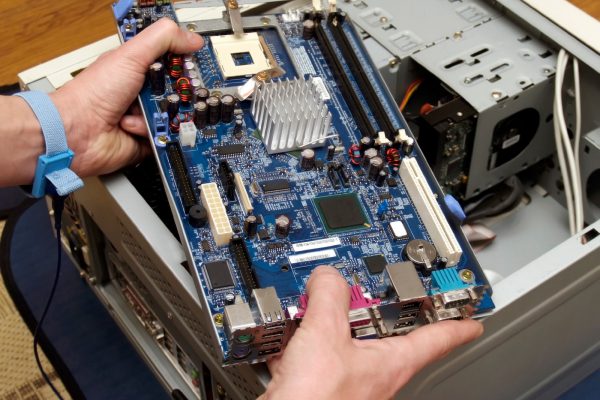3 Action Guide to Selecting the Right Disaster Healing Option
Whether it's a ransomware attack, a natural catastrophe, or corruption of a customer's database, you want to make sure that your business's IT system can recover. Having a service continuity and disaster recovery (BCDR) strategy is important. There are a myriad of BCDR options (on-premise, hybrid, or cloud-based), and it's important to select the best one for your company requirements. Here's what you need to be keeping an eye out for when examining your next BCDR solution.
Discover the Right Business Continuity/Disaster Recovery Solution in 3 Steps:
1. Assess BCDR and DRaaS Solutions
Among the biggest aspects when choosing a BCDR solution is figuring out whether you'll contract out assistance or manage it internally. If you plan on contracting out assistance, you'll require to partner with a handled services provider (MSP) that is proficient in continuity and compliance services. Since numerous https://squareblogs.net/repriaullq/h1-b-managed-it-support-microsoft-word-or-google-docs-balancing-powerful-r4dp BCDR services combine cloud, software, and hardware components - you'll need a procedure to support your virtual properties, local servers and desktops. BCDR hardware has several purposes consisting of:
Hosting BCDR software application
Transferring server images to the cloud for catastrophe recovery
Saving regional copies of backup server images for regular restores
Performing as the main server throughout a failover, permitting service to continue during restorationBCDR software is used to automate and handle backup and recovery procedures. After an initial full server backup, BCDR software application takes incremental pictures to produce "recovery points" or point-in-time server images. Recovery points are used to bring back the state of a server or workstation to a specific time (prior to it stopped working or information was corrupted).
2. Look For BCDR Cloud Options
The best BCDR solutions have a cloud https://controlc.com/334715d3 backup as well as a recovery component. This is since the cloud serves 2 functions in a BCDR option. The first is to supply offsite storage area for server and workstation images used for restores. The second is to take over important operations when a failover occurs.


Backups can be stored in your area - on a device or backup server in your information center - or from another location, in the cloud. For BCDR, it's finest to keep copies of your backups in both places. In other words, if it's not possible to restore a system in your area, you can failover to the cloud. Your option needs to attend to a range of data restoration situations, varying from restoring a couple of lost files to recovering from a complete server failure or the damage of numerous servers and PCs. Restoring from regional backups is faster, while the option of stopping working over to the cloud gives you supreme protection against worst-case circumstances.
3. Address Security and Compliance Frameworks
A BCDR should deal with ransomware detection, point-in-time rollback capabilities, and data immutability. It's essential to look for BCDR solutions that comply with Service Organization Control (SOC 1/ SSAE 16 and SOC 2 Type II) reporting requirements and feature two-factor authentication. This can assist safeguard your information and lower https://writeablog.net/felathnfpx/h1-b-managed-it-support-microsoft-word-or-google-docs-balancing-powerful-3lf9 the need for manual intervention. If you wish to discover how to keep your organization healthy and secure, connect to us for a totally free IT assessment.